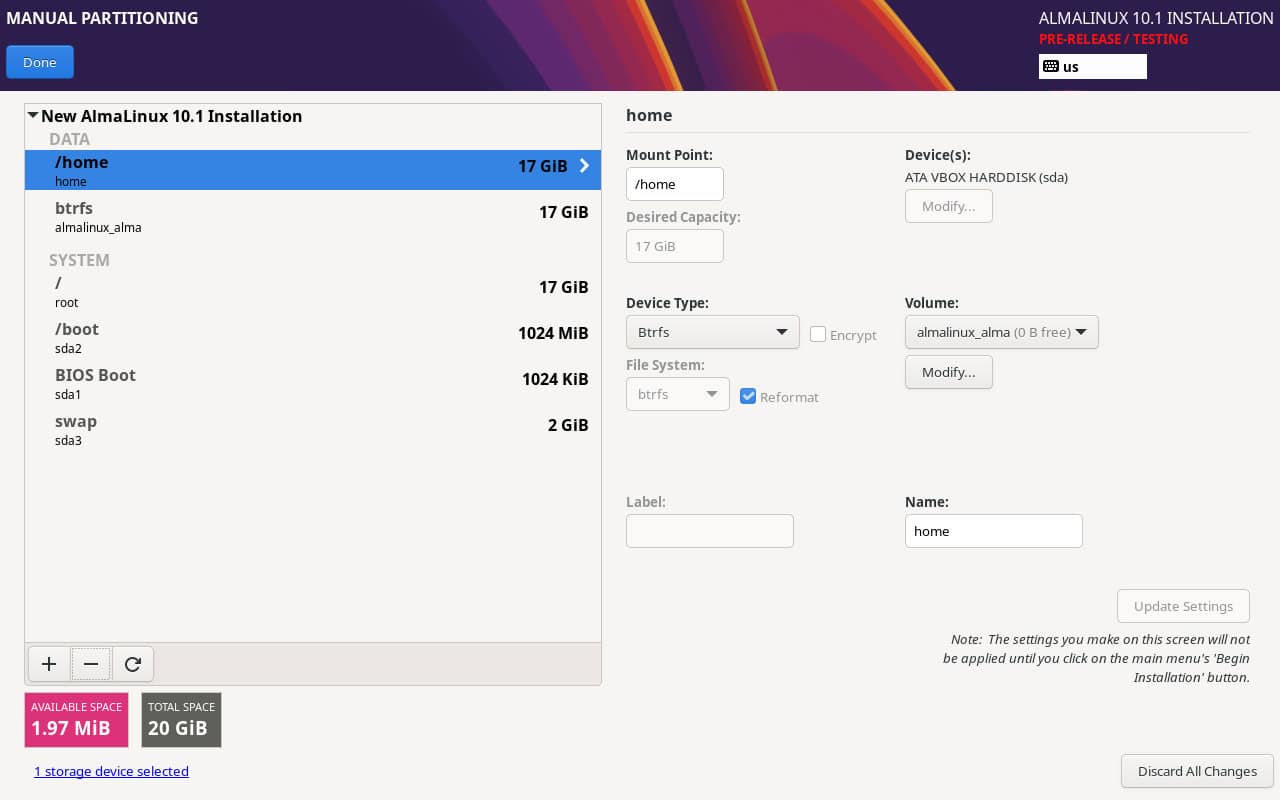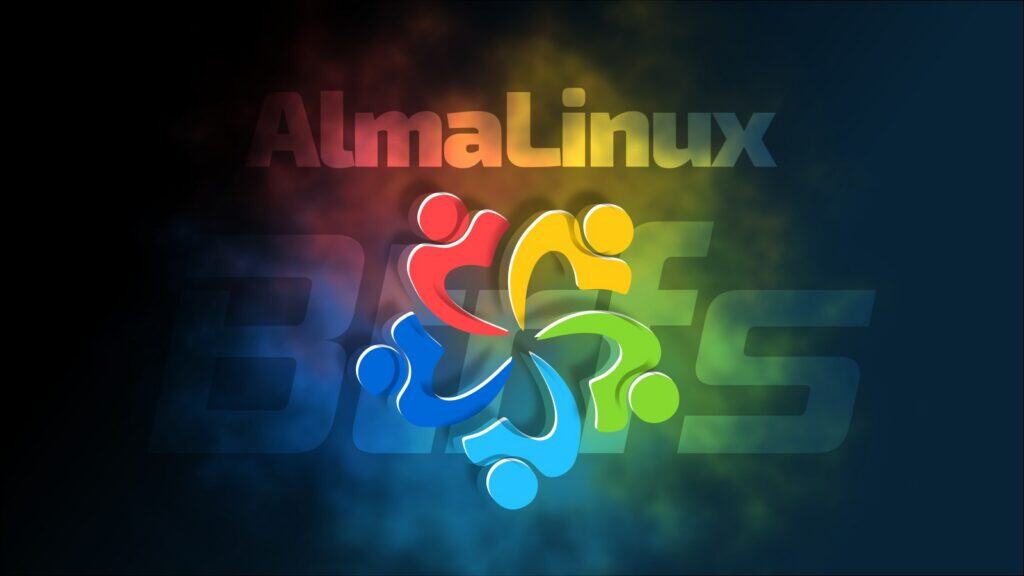The upcoming AlmaLinux 10.1 release will introduce native Btrfs support, a notable addition to the distribution’s storage capabilities. Btrfs has already been available in AlmaLinux OS Kitten since early September, and with version 10.1, it’s becoming part of the mainline experience.
Btrfs is a modern Copy-on-Write (CoW) filesystem that offers advanced features and strong data protection. It provides snapshotting, built-in volume management, checksumming for data and metadata, transparent compression, and efficient copying through reflinks.
With this update, once released, users will be able to install AlmaLinux 10.1 using Btrfs right from the start. During installation, selecting custom partitioning lets you choose a Btrfs partitioning scheme instead of the traditional XFS + LVM configuration. Once installed, AlmaLinux will run on a Btrfs volume, unlocking support for snapshots, subvolumes, and other advanced filesystem features.

The enablement covers both kernel and userspace integration, enabling management of Btrfs volumes natively through AlmaLinux’s installer and storage management tools. Broader userspace support for Btrfs-specific features will follow in future updates.
According to devs, this addition draws from the Fedora Btrfs SIG and the CentOS Hyperscale SIG, building on their long-term efforts to mature Btrfs support across the Enterprise Linux ecosystem. It was formally proposed in RFC 0005, outlining the technical scope and implementation roadmap.
Lastly, Btrfs is already used by several major Linux distributions, including Fedora Linux and openSUSE, where it’s the default filesystem. Its arrival in AlmaLinux 10.1 brings similar functionality to users who prefer a RHEL-compatible platform but want the flexibility and modern features Btrfs provides.
For more information, see the announcement. If you want to try out the new Btrfs installation options, you can do so with the beta version of AlmaLinux 10.1 “Heliotrope Lion”, now available for testing.
